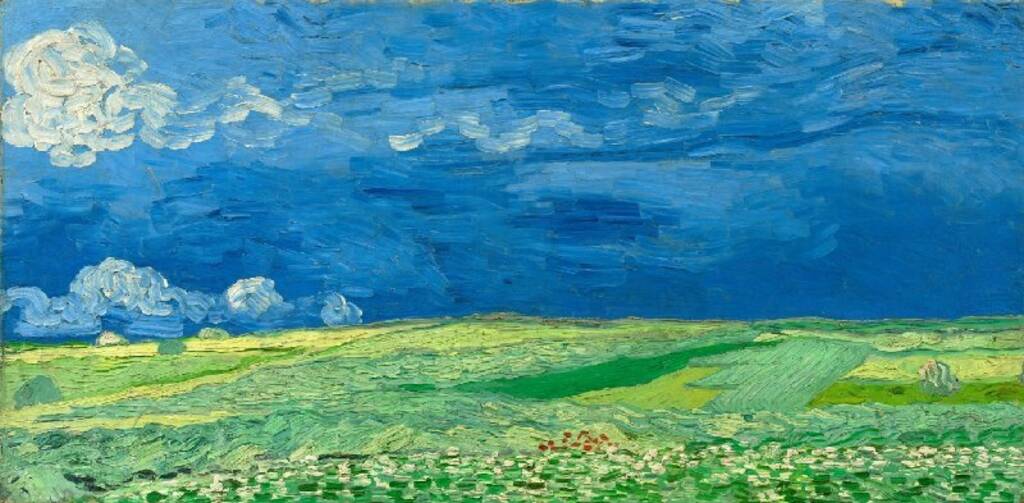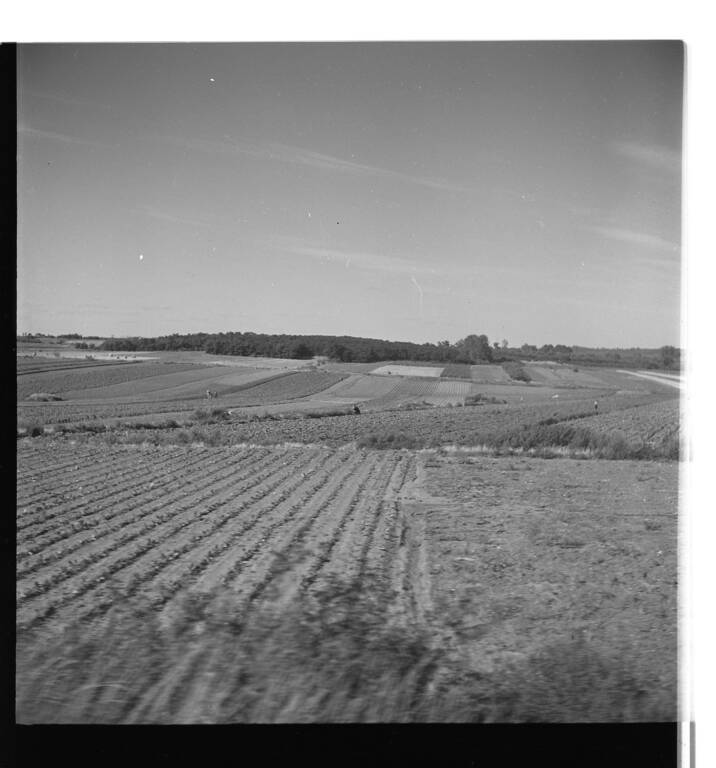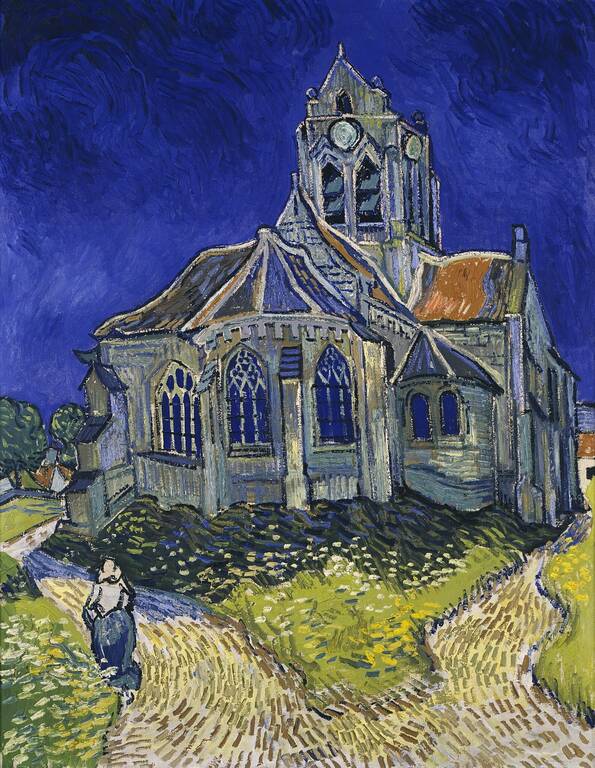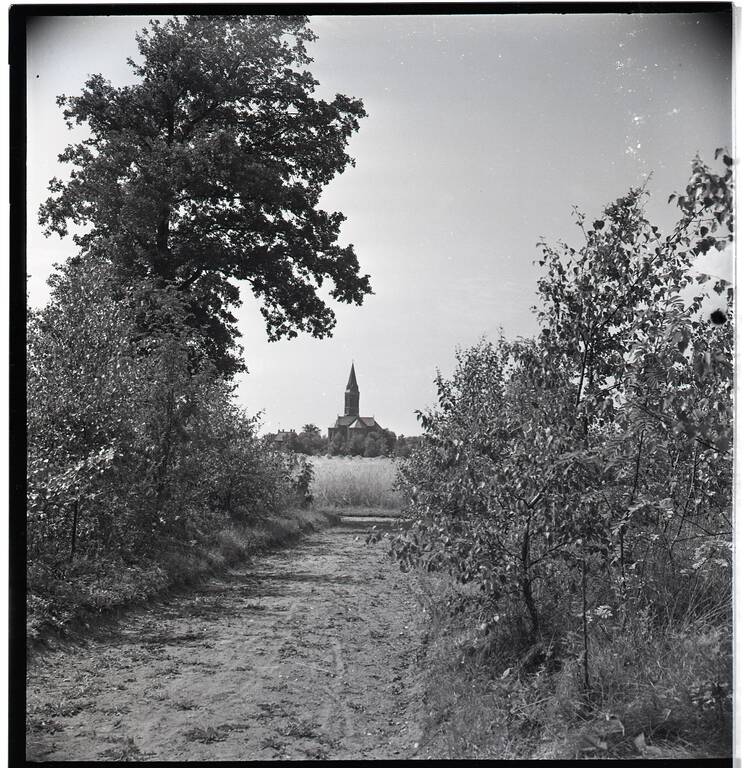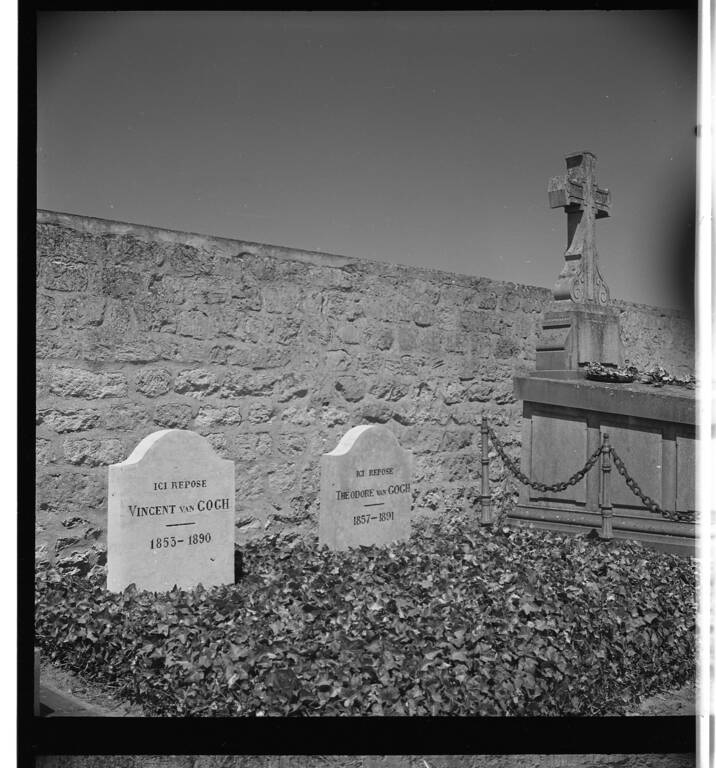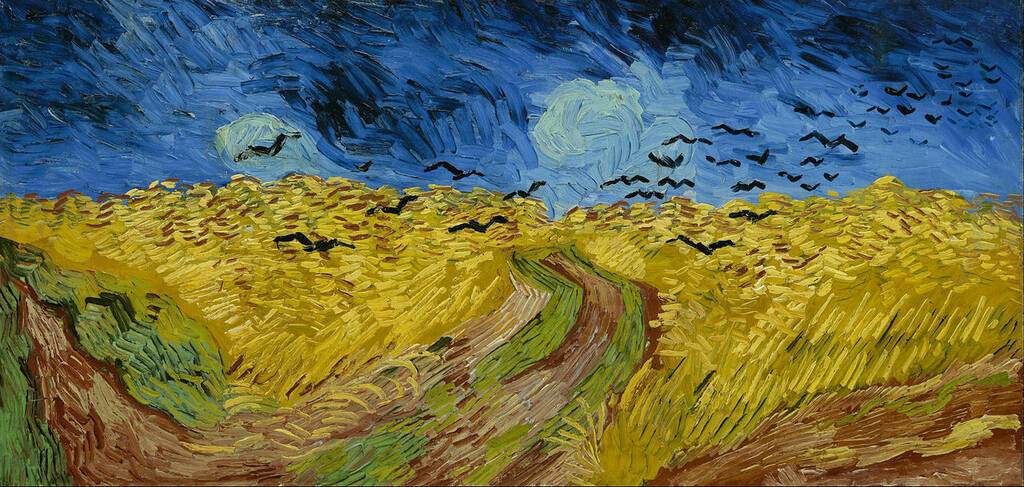
For 35 years, the keeper of more than 600 paintings by Vincent van Gogh was his nephew, who received his name in honor of the famous post-impressionist painter - Vincent Willem van Gogh (1890-1978). Having received an engineer's education, he worked in France, the USA, Japan, and in order to avoid confusion, in various sources he is called “engineer”. Before some of the works were transferred to the government of the Netherlands, Vincent Willem repeatedly collaborated with museums, exhibiting the work of his uncle. So, in the spring of 1950, an exhibition was held at the Art Institute of Chicago. As part of his collaboration with the museum, Vincent Willem met photographer Peter Pollak. Together they went on a journey, and Pollak took a series of photographs of the places where Vincent van Gogh lived and worked.
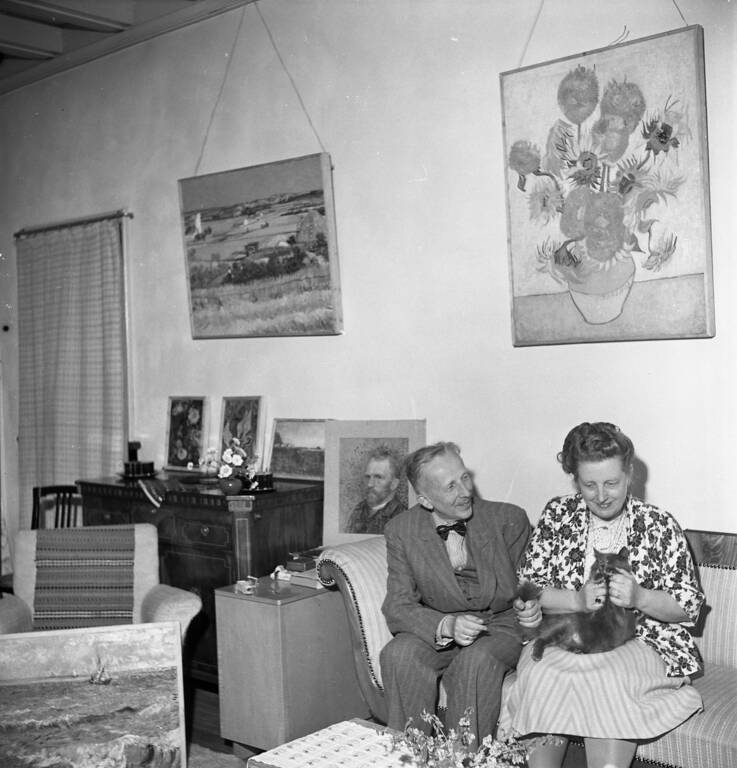
First, Vincent Willem and Pollak visited Nuenen. Here the painter lived for two years in the priest's house. A small extension turned into a workshop in which many works were created. In Nuenen, the artist painted "Potato Eaters" - a picture that became one of the main works representing the early period of the master's work. Travelers found the house where the characters depicted in the picture lived.
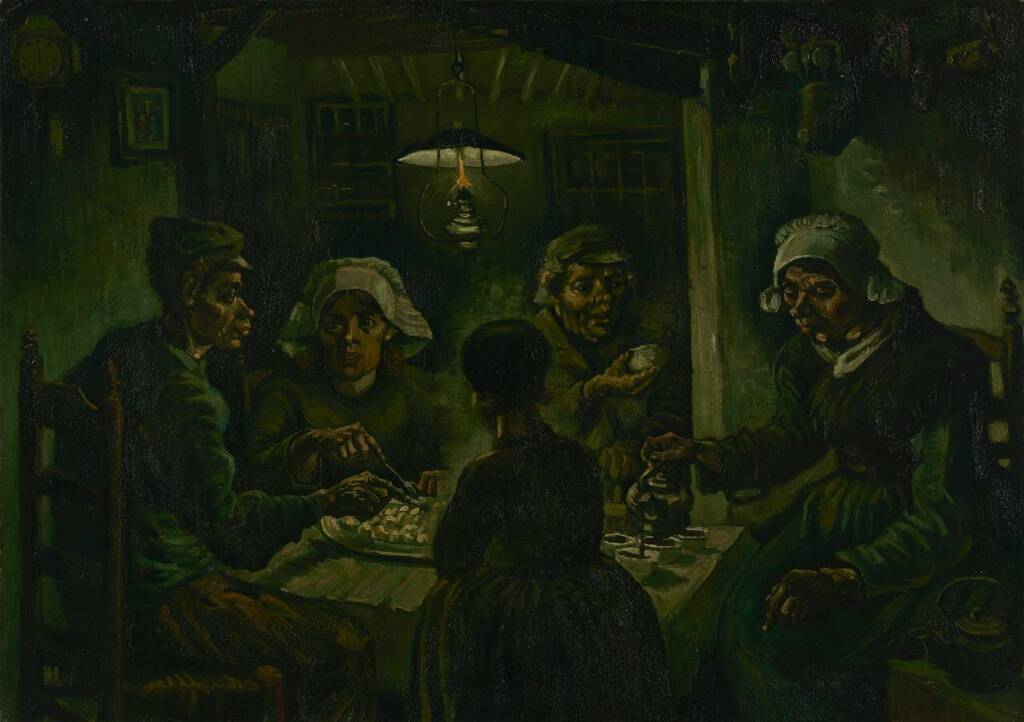
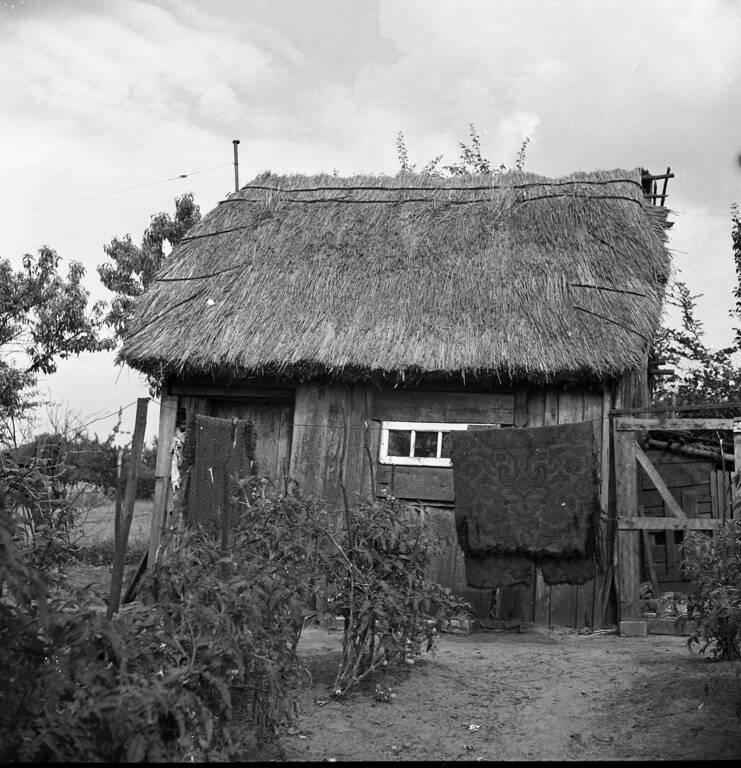
In 1886 Van Gogh came to Paris to visit his brother Theo. Here he met Paul Gauguin, Henri de Toulouse-Lautrec, Edgar Degas and other artists and discovered a new trend - impressionism. Van Gogh began to experiment with paints, using a lighter palette. One of the paintings painted in Theo Van Gogh's house is the cityscape outside the window.
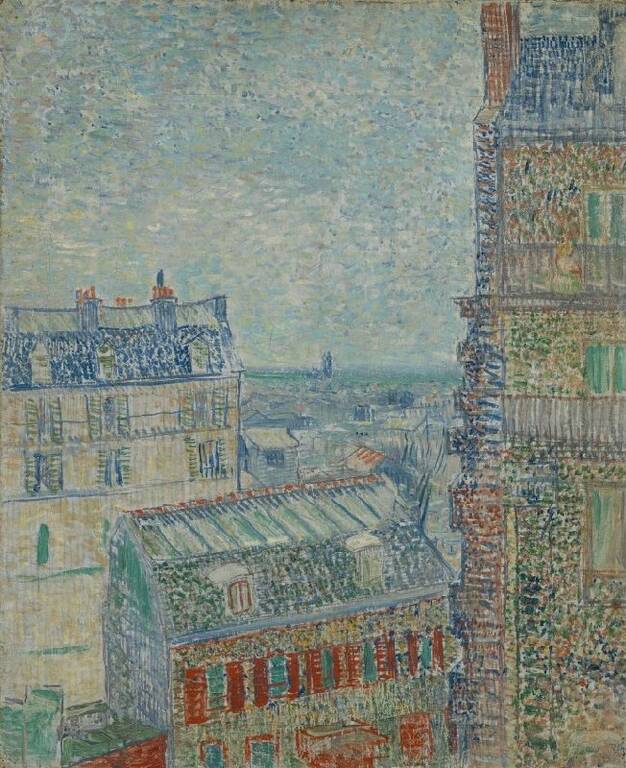
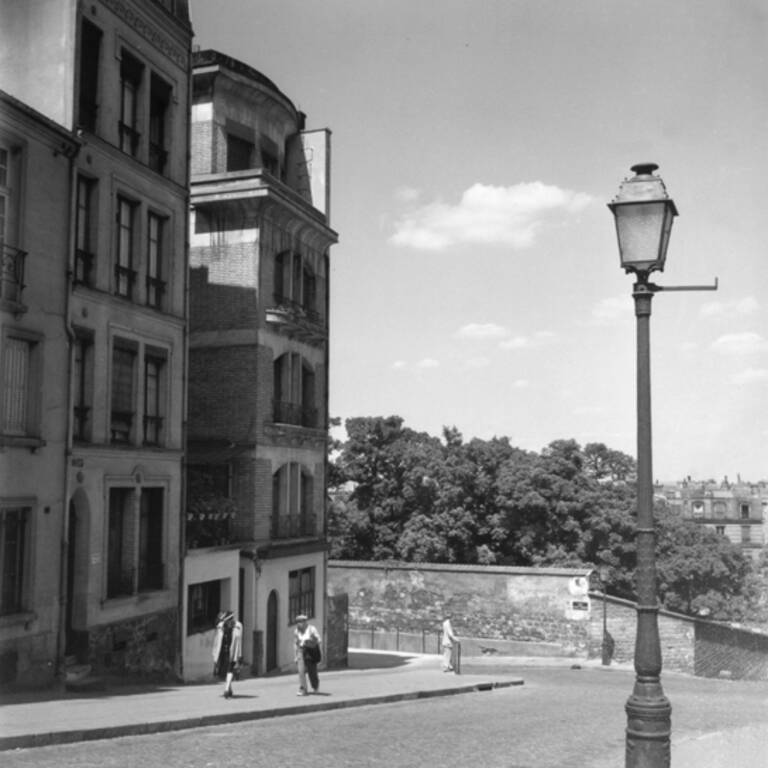
Arles was the next stop. Trying to find peace and calm his mental instability, Van Gogh arrived in this French town with its famous "Yellow House". He dreamed that this place would become a home for artists, where they could create freely. Unfortunately, Vincent Willem and Pollak did not see the Yellow House: during the Second World War, it was damaged and then demolished, and a tobacco shop appeared in its place.
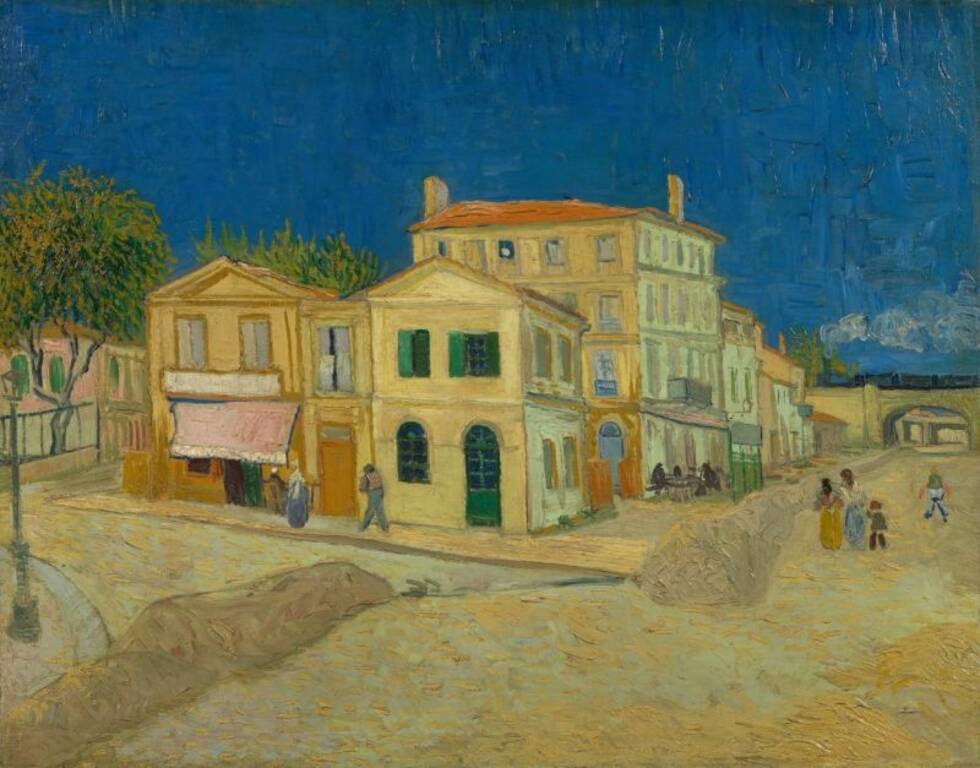

When Van Gogh's health deteriorated, he went to St. Paul's Orphanage in Saint-Remy-de-Provence. The artist continued to work hard, turning the gloomy corridors of the hospital into vivid paintings. In the 1940s, the room where Van Gogh lived was turned into a small gallery with reproductions of the master's works.
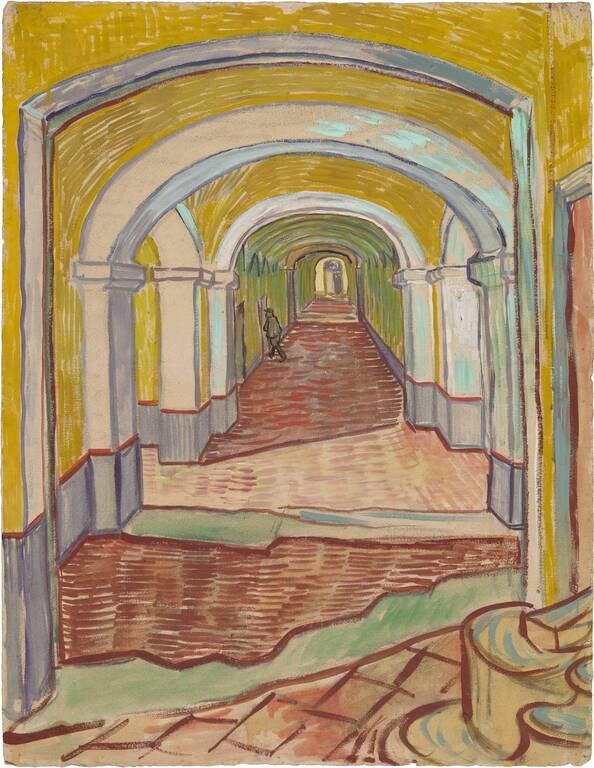
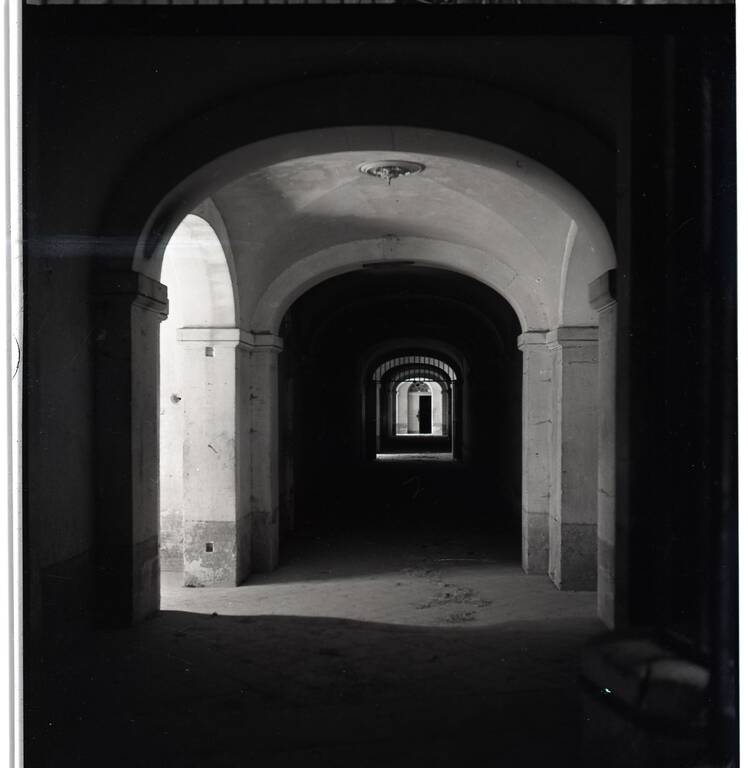

The painter spent the last days of his life in Auvers, among the endless wheat fields. He lived in a hotel where one day he returned mortally wounded. According to the main version, Van Gogh shot himself with a revolver. Here ended the journey of Vincent Willem and Pollack.
